20+ Years Experience
Specialist Education Providers

Sensory play is vital for the development and well-being of special needs children, allowing them to explore the world around them while strengthening cognitive, motor, and social skills.
This blog post delves into the importance of sensory play for SEND children, providing a variety of sensory ideas for SEND play activities for different senses, tips for creating an inclusive sensory space, and resources for DIY and commercial equipment.
So, let’s dive in and discover how to create a fun, engaging, and supportive sensory environment for SEND children.
Children with special educational needs and disabilities (SEND) greatly benefit from sensory play as it aids in the development of various skills.
Providing appropriate sensory stimulation can improve concentration, focus, and self-occupation while enhancing muscle tone and playing ability.
Research suggests that sensory play can have a soothing effect on many children with autism spectrum disorder, helping them manage and process sensory input.
Furthermore, it has been shown to foster the development of fine and gross motor skills, memory, spatial awareness, and problem-solving.
The great outdoors serves as an optimal sensory environment for SEND children.
Exploring and processing information through sensory play activities can enhance cognitive development, language skills, and foster social interaction among SEND children.
Sensory play also allows children to engage with different textures and materials, contributing to their motor skills development.
Examining the ways sensory play bolsters cognitive development, motor skills, and language and social interaction in SEND children can be insightful.
Sensory play activities are known to aid cognitive development in SEND children by promoting problem-solving, concentration, and memory skills.
In addition, sensory light rooms have been shown to effectively assist in improving these cognitive abilities for children with special educational needs.
Sensory play allows SEND children to boost their cognitive skills, contributing significantly to their overall brain development and learning, making sensory play important.
Motor skills development is another critical aspect of sensory play for SEND children.
Sensory play activities can help improve coordination and physical abilities, both in terms of fine and gross motor skills.
Moreover, sensory light rooms have the potential to facilitate motor development and enhance coordination and physical abilities.
Sensory play activities help SEND children to bolster their motor skills, crucial for daily tasks and fostering independence.
Language and social interaction play a significant role in the development of SEND children.
Sensory play can offer children the chance to cultivate their social abilities, such as learning to share and participate in cooperative play, while also reducing the trepidation related to social interactions.
Furthermore, sensory play can be beneficial for SEND children in terms of social skills and speech and language development.
Engaging in sensory play activities can help foster communication and collaboration among SEND children, enhancing their language and social interaction skills.
Addressing the diverse needs of SEND children necessitates a variety of sensory play activities that target different senses such as:
These activities can help children explore and learn at their own pace, allowing them to discover their preferences and develop their skills in various areas.
By offering a variety of sensory experiences, we can ensure that each child receives the appropriate stimulation and support they need to thrive.
In the following subsections, we will discuss specific sensory play activities for different senses, providing ideas and inspiration for engaging and enjoyable sensory play experiences for SEND children.
These activities cater to the unique needs and preferences of each child, promoting exploration, learning, and overall well-being.
Visual stimulation is essential for the development and engagement of SEND children. Here are some activities that can enhance focus and mood stabilization:
These sensory activities can be incorporated into sensory play, including messy play.
Visually stimulating activities can contribute to the cognitive development and emotional well-being of SEND children.
Tactile experiences are crucial for sensory play, as they offer hands-on exploration and stimulation for SEND children.
Activities such as sensory bins and bubble wrap runways can provide a variety of textures and sensations for children to explore.
Tactile experiences aid in the development of fine motor skills, enhance sensory awareness, and promote overall well-being.
Auditory engagement is another essential aspect of sensory play for SEND children. Activities like homemade musical instruments and sound tubes can encourage listening and sound exploration.
Singing, playing instruments, and listening to stories are also effective methods for engaging with auditory senses.
Auditory engagement activities contribute to the development of listening and sound processing skills, fostering overall development of SEND children.
Olfactory exploration activities, such as scented playdough and sensory gardens, can provide calming and engaging experiences for SEND children.
These activities can help children explore their sense of smell and learn to associate different scents with various experiences and sensations.
Incorporating olfactory exploration into sensory play aids in supporting the emotional regulation and well-being of SEND children.
Taste adventures are an essential component of sensory play, allowing SEND children to explore and learn through taste experiences.
Activities like edible paint with food colouring and food exploration can encourage sensory play and learning while providing a fun and engaging experience for children.
Offering taste adventures assists SEND children in developing their taste preferences and broadening their culinary horizons.
Creating an inclusive sensory space for SEND children involves considering the following:
By ensuring that the space caters to the unique needs and preferences of each child, you can create an engaging and supportive sensory space that aids in the development of cognitive, motor, language, and social skills of SEND children while promoting their overall well-being.
In the following subsections, we will discuss specific strategies for creating an inclusive sensory space, including considerations for accessibility and comfort, variety and flexibility, and special focus features.
These strategies can help you design a sensory space that effectively supports the development and well-being of SEND children.
Ensuring that sensory spaces are accessible and comfortable for SEND children is crucial for their engagement and well-being. This includes providing appropriate seating, shelter, and surfaces.
In addition, it is essential to consider the child’s ability to access and interact with specific elements within the sensory space, guaranteeing that all children can partake in the sensory experience.
Creating an inclusive sensory space that meets the needs of all SEND children requires a focus on accessibility and comfort.
In an inclusive sensory space, it is essential to provide a variety of sensory experiences and flexible spaces to accommodate different learning styles and preferences of SEND children.
This can include offering various sensory play materials and activities, as well as creating spaces that can be easily adapted to meet the evolving needs of the children.
Providing a variety of sensory experiences and flexible spaces ensures that each child can explore and engage with the sensory experiences that resonate with them the most.
Incorporating special focus features, such as sand and water play stations and imagination stations, can create a multi-sensory environment for SEND children.
These features can provide additional sensory experiences and promote engagement and learning, contributing to the overall effectiveness of the sensory space.
Incorporating special focus features into the sensory space enhances the development and well-being of SEND children.
Sensory play resources and sensory equipment can be DIY, commercial, or adapted from everyday items to create engaging and affordable sensory experiences for SEND children.
Providing a variety of resources and equipment ensures each child can access sensory play activities tailored to their needs and preferences.
In the following subsections, we will discuss specific strategies for sourcing and creating sensory play resources and equipment, including DIY materials, commercial products, and adapting everyday items.
DIY sensory play materials, such as homemade slime and sensory bottles, offer customizable and budget-friendly options for sensory play.
These materials can be easily created using everyday items and can be tailored to the specific needs and preferences of each child.
Providing DIY sensory play materials ensures access to engaging and affordable sensory experiences for each child.
Commercial sensory play products, such as sensory bins and light tables, provide ready-made solutions for sensory play activities.
These products are designed specifically for sensory play and can offer a range of sensory experiences for SEND children.
Incorporating commercial sensory play products into the sensory space creates a secure and stimulating environment for children with special needs.
Adapting everyday items, like using balloons for sports or creating a sensory garden, can provide affordable and accessible sensory play experiences for SEND children.
These items are typically inexpensive and easy to find, making them an ideal option for sensory play.
Adapting everyday items for sensory play presents a cost-effective and easily accessible option for providing sensory experiences for SEND children.
Supporting SEND children in sensory play involves understanding their individual needs, encouraging exploration, and observing and responding to their reactions and preferences.
Providing the right support and guidance ensures that each child can engage in sensory play activities and benefit from them.
In the following subsections, we will discuss specific tips for supporting SEND children in sensory play, including understanding individual needs, encouraging exploration, and observing and responding.
It is essential to understand the unique needs and preferences of each SEND child when planning and facilitating sensory play activities.
This can involve observing their interests and reactions, communicating with the child and their parents, and researching their specific condition.
Understanding individual needs allows for tailoring sensory play activities to each child’s preferences and requirements, thus promoting their development and well-being.
Encouraging exploration and experimentation in sensory play is critical for the development of SEND children.
Offering a range of sensory play materials and activities, and allowing the child to explore and experiment with them, can help children discover their preferences and develop their skills in various areas.
Promoting exploration in sensory play ensures that SEND children have the opportunity to learn and grow at their own pace.
Observing and responding to SEND children’s reactions during sensory play is essential for adjusting activities and environments to better support their development and enjoyment. This may involve:
Creating sensory play experiences that are engaging and supportive for SEND children necessitates observing and responding to children’s reactions.
In conclusion, sensory play is essential for the development and well-being of SEND children, providing them with opportunities to explore and learn through a variety of sensory experiences.
By incorporating sensory play activities, creating an inclusive sensory space, and providing appropriate support and guidance, we can help SEND children develop their cognitive, motor, language, and social skills, while also promoting their overall well-being.
Sensory play is beneficial for SEN children as it increases their concentration and focus, helps develop muscle tone, and encourages inclusive play.
Additionally, it supports positive emotions and relaxation, offering an invaluable aid to the learning of children with special needs.
Sensory activities for people with disabilities can range from simple activities like reading a book or looking at colourful photographs to engaging the sense of smell when cooking.
Such activities are designed to stimulate and improve sensory perception.
Sensory processing disorder is a type of special educational need (SEN) that requires support from an occupational therapist in order to develop sensory integration activities.
A sensory room is a therapeutic space designed to help individuals with autism and other special needs cope with sensory stimuli and improve physical and cognitive skills.
Through the use of specialised equipment, it provides a calm environment for individuals with behavioural difficulties.
Sensory play activities can be tailored to the individual needs of SEND children by providing a range of sensory experiences and creating an accessible and comfortable environment.




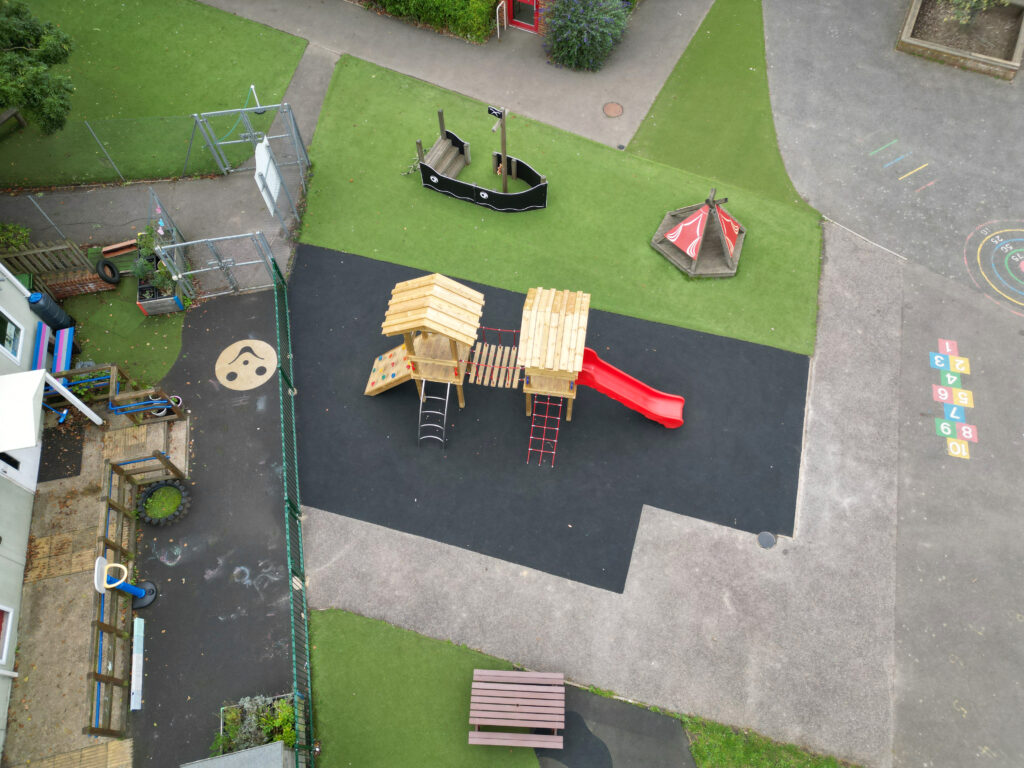

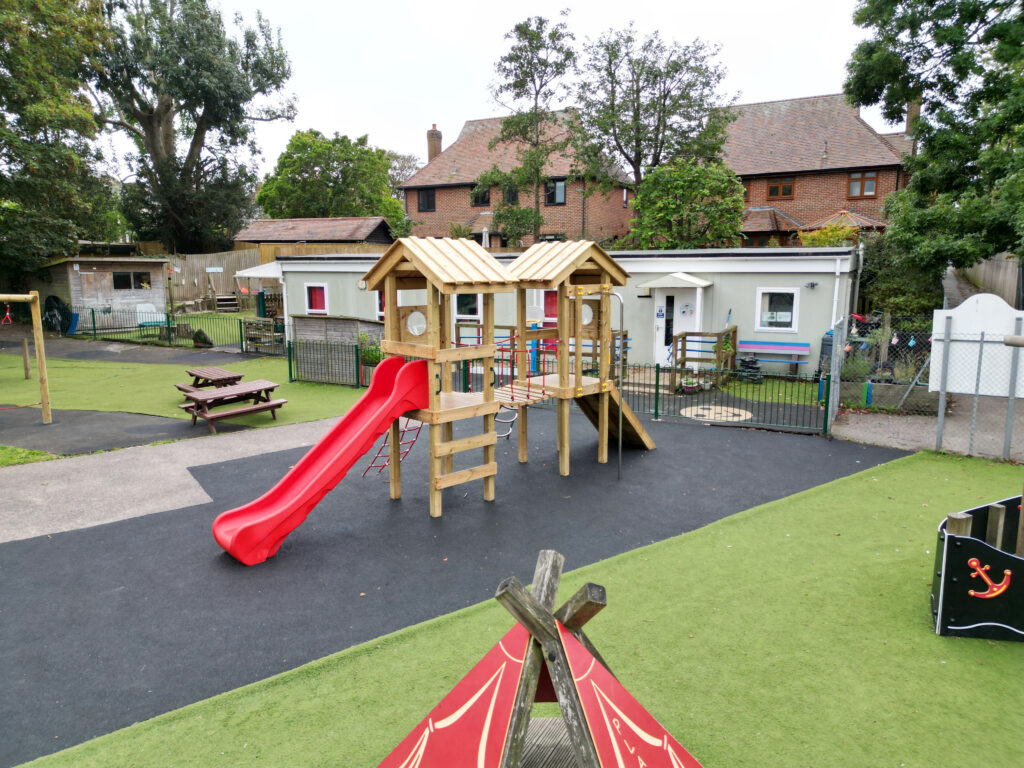
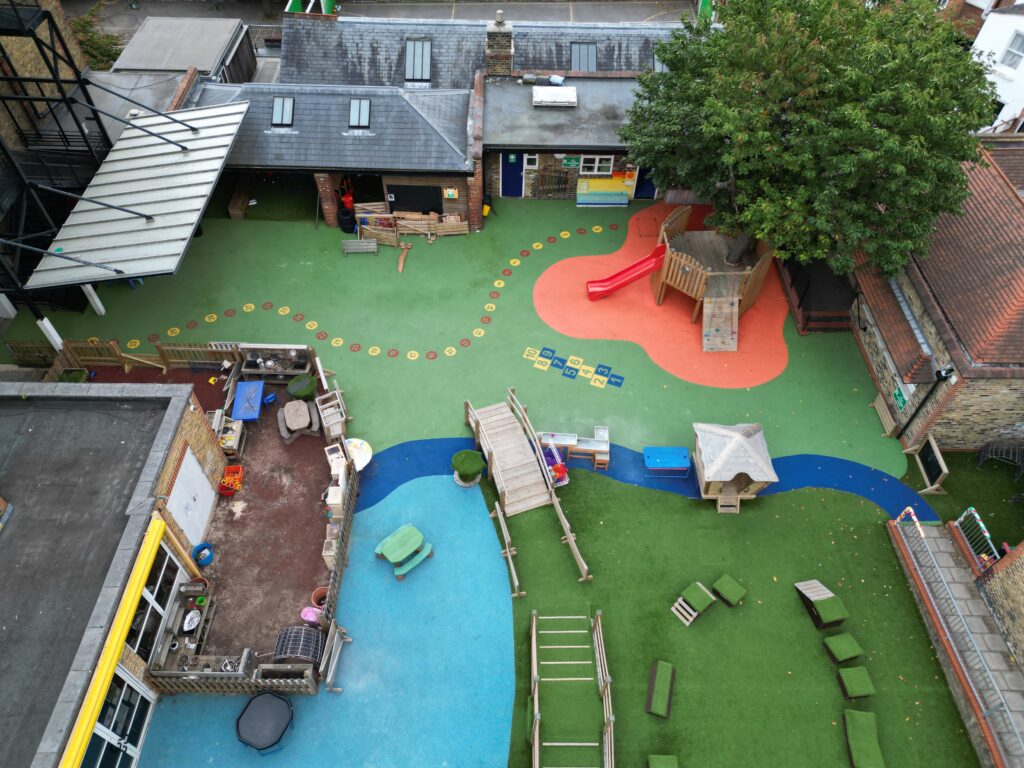






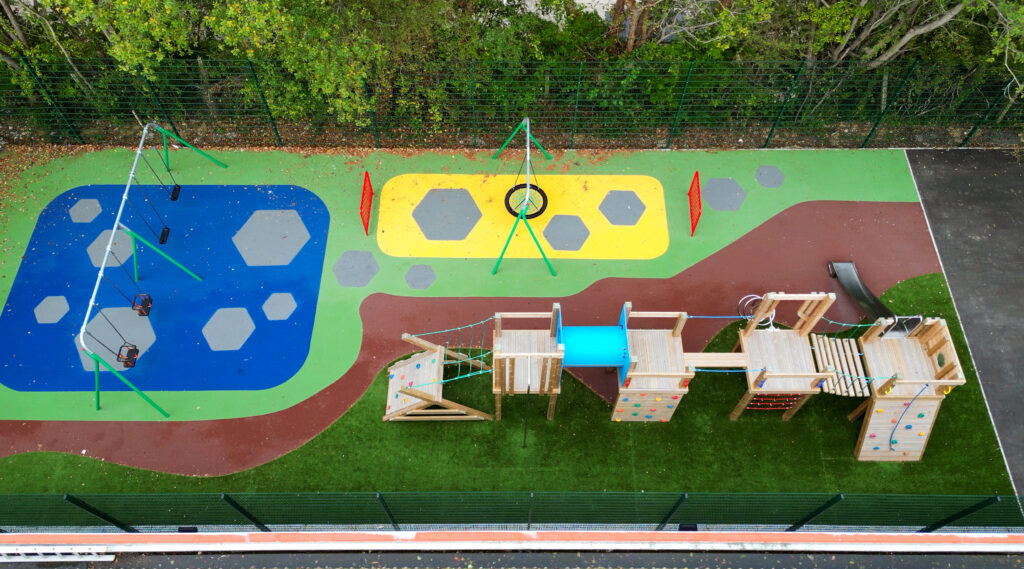










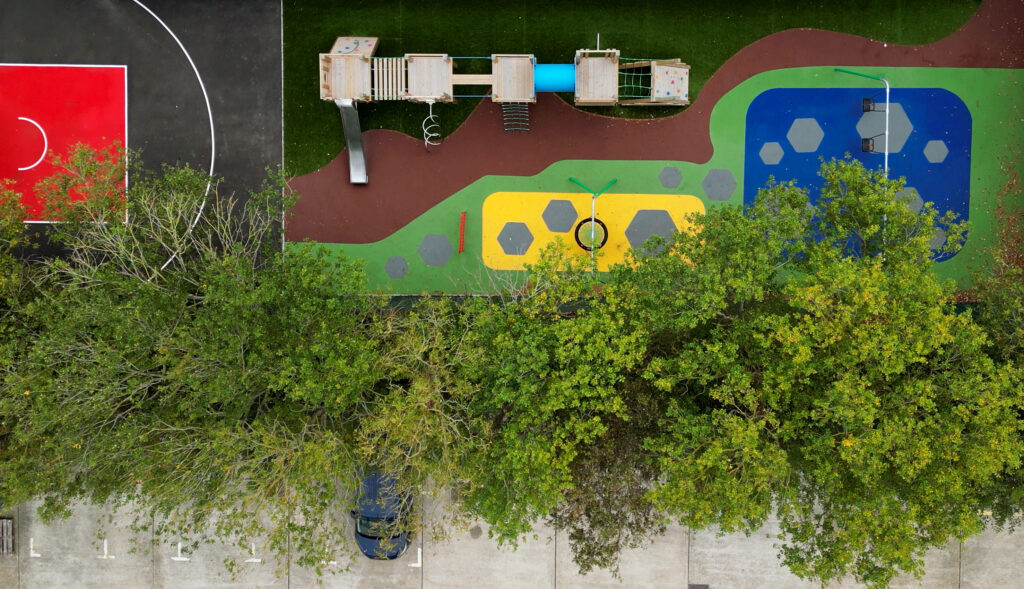









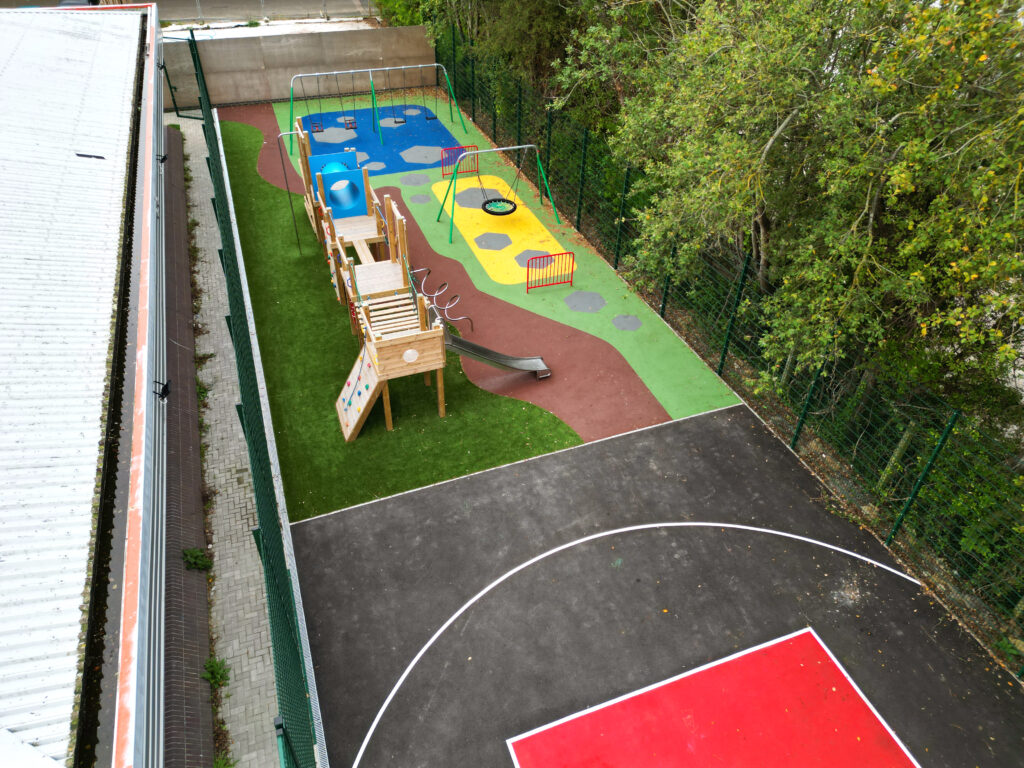



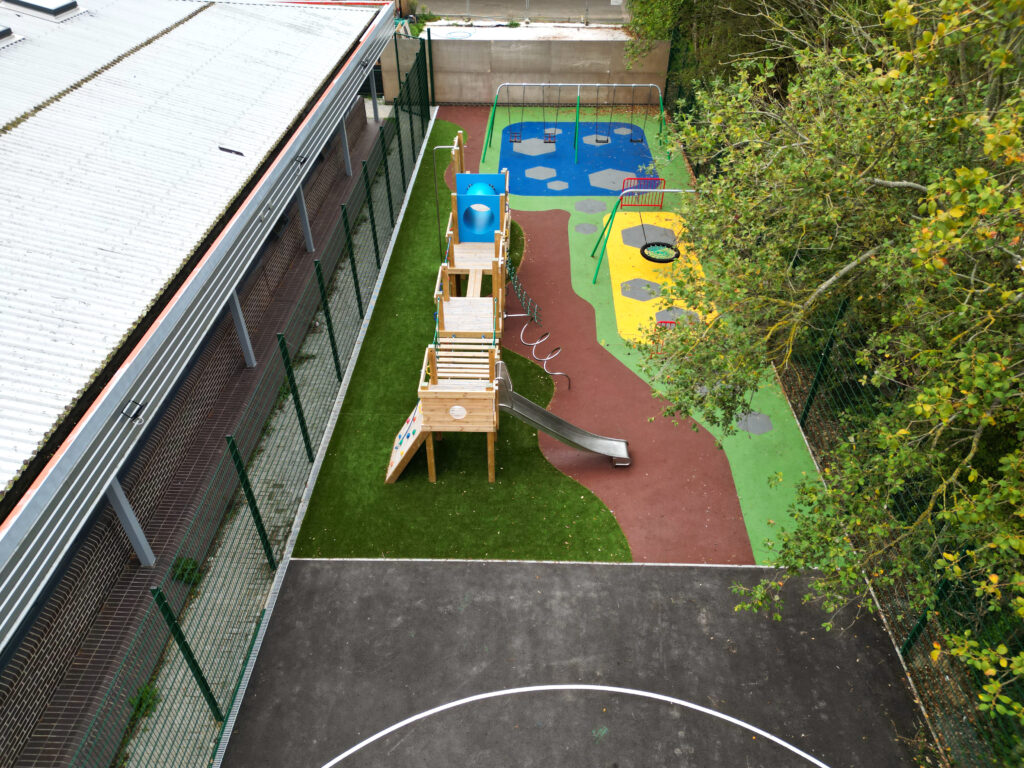







We Aim To Reply To All Enquiries With-in 24-Hours